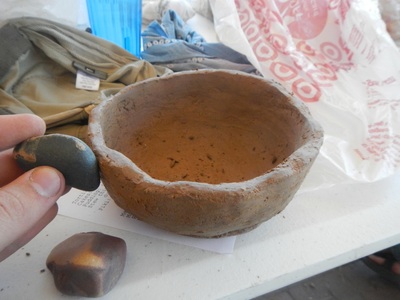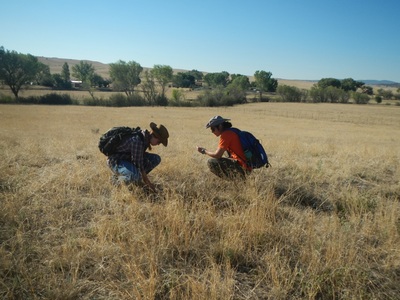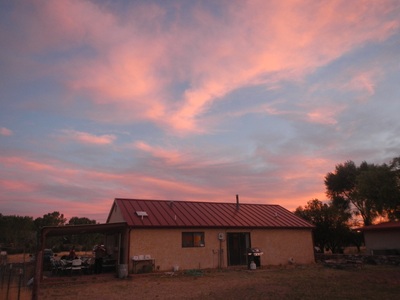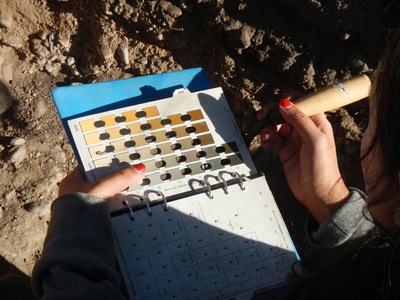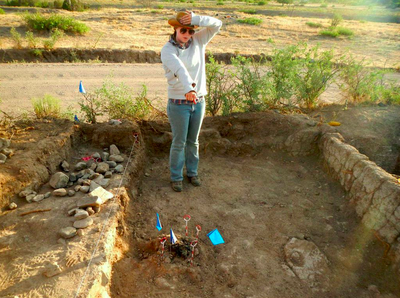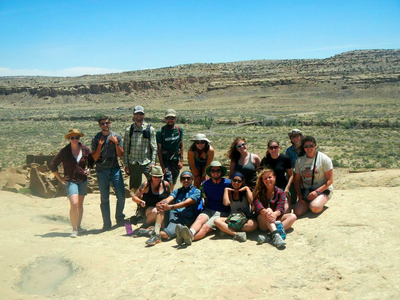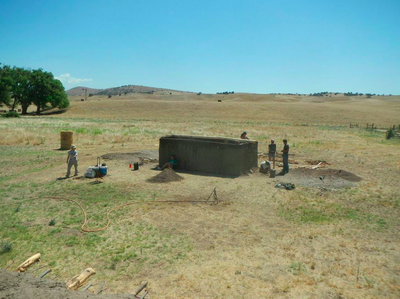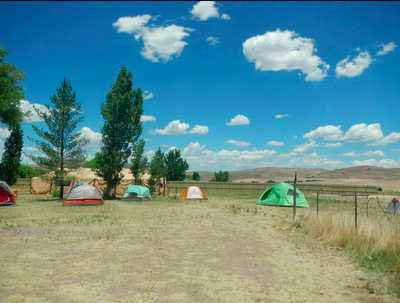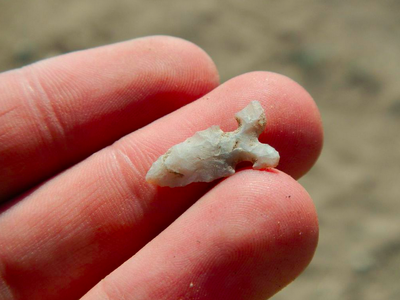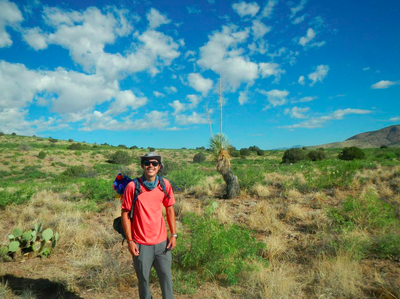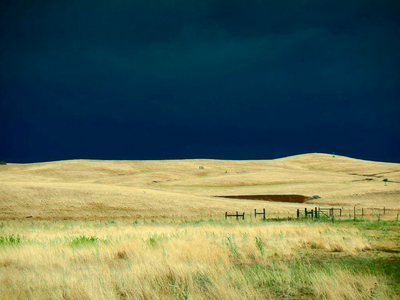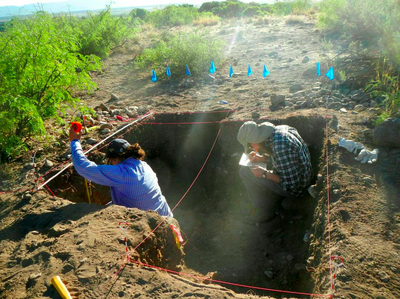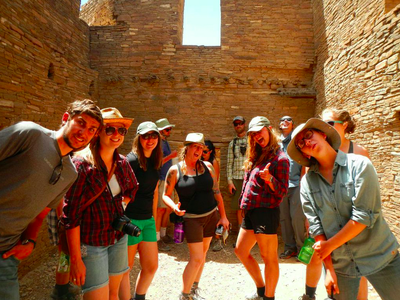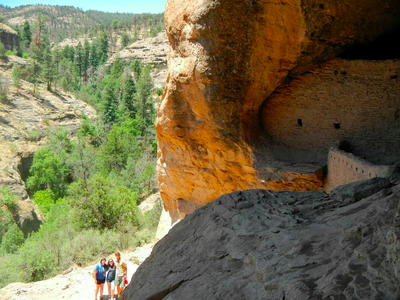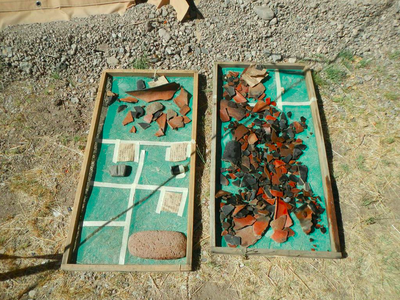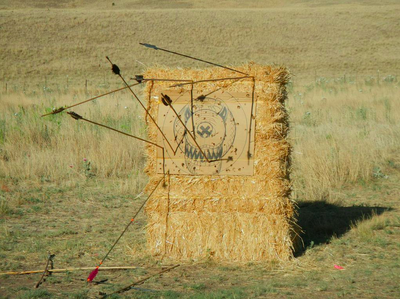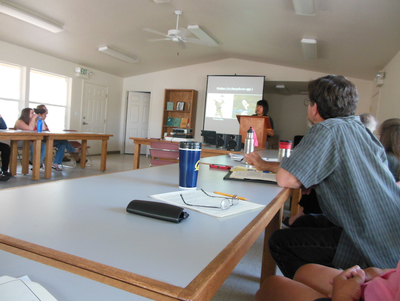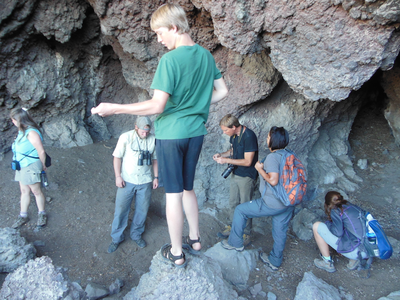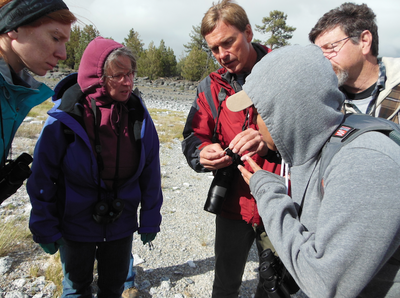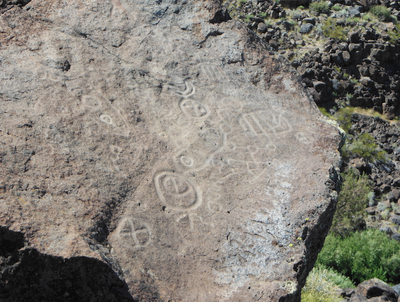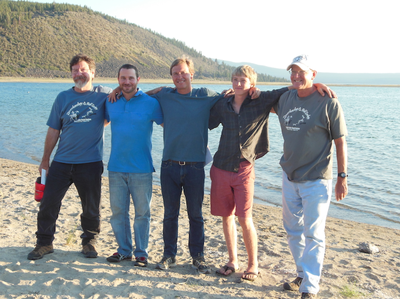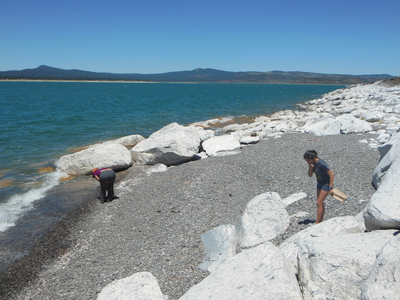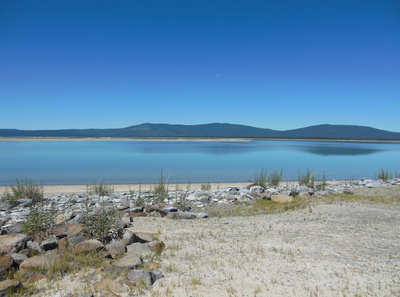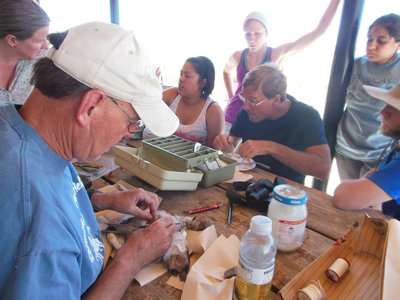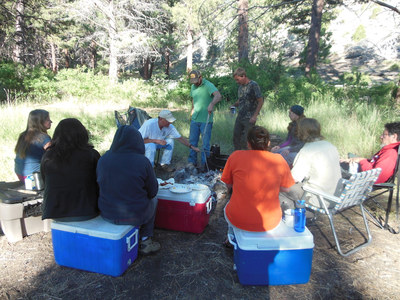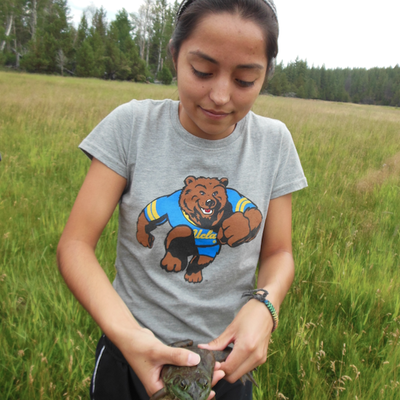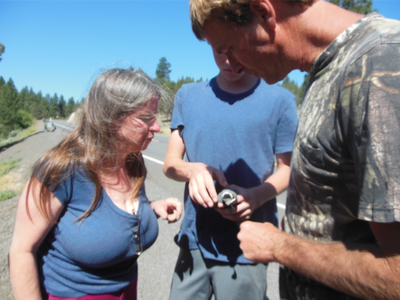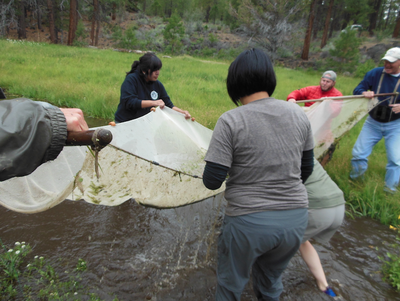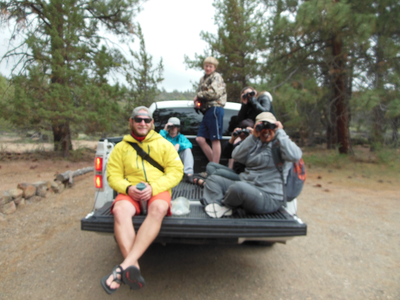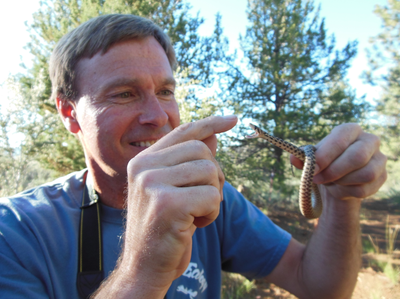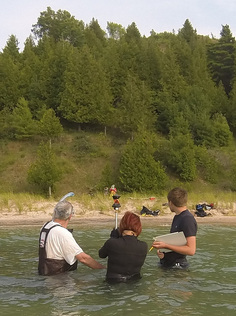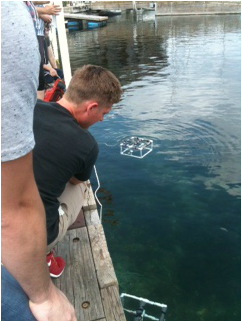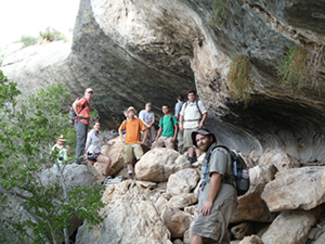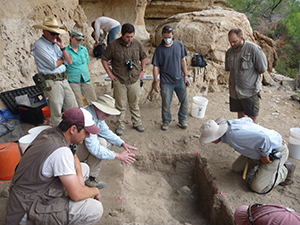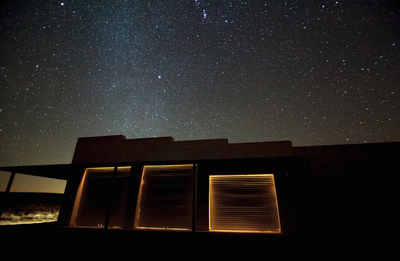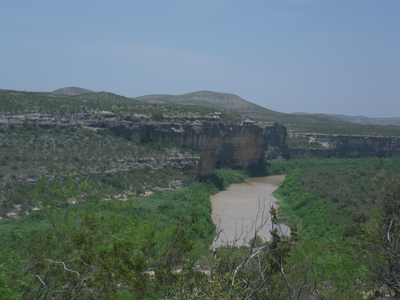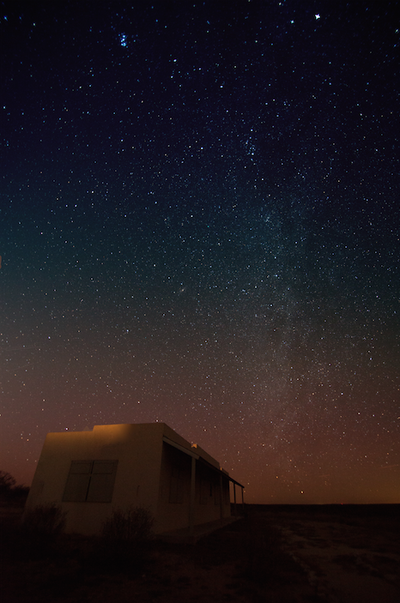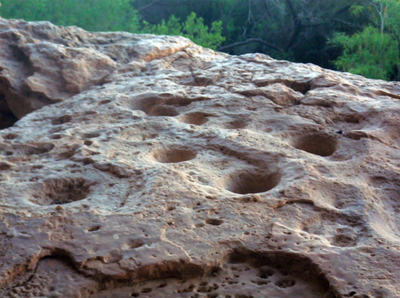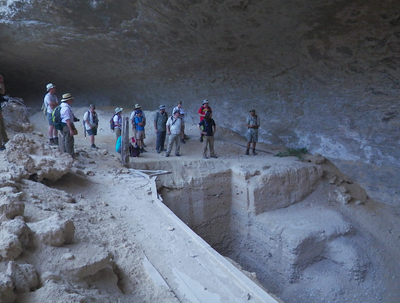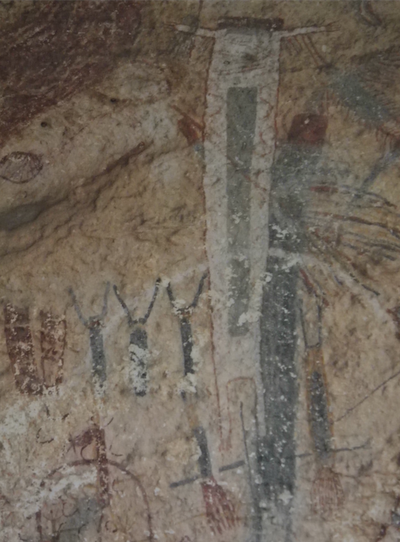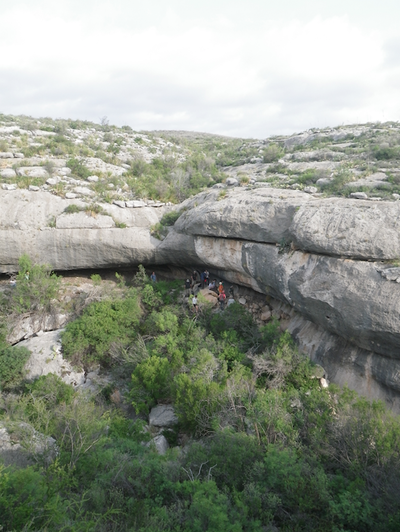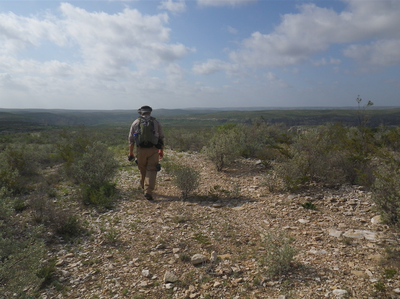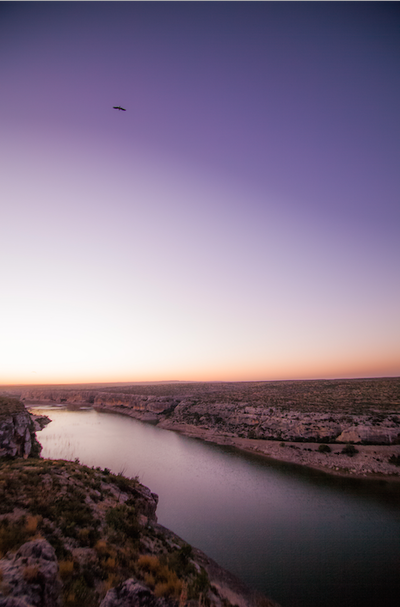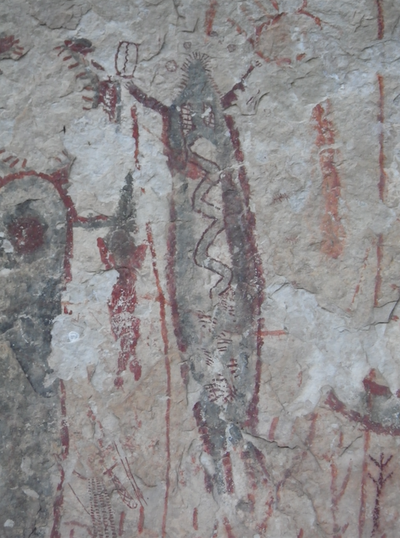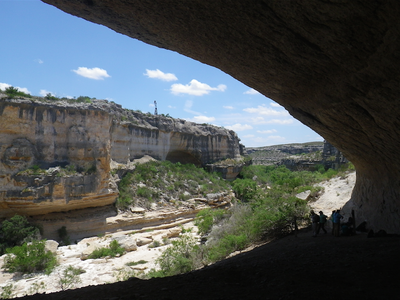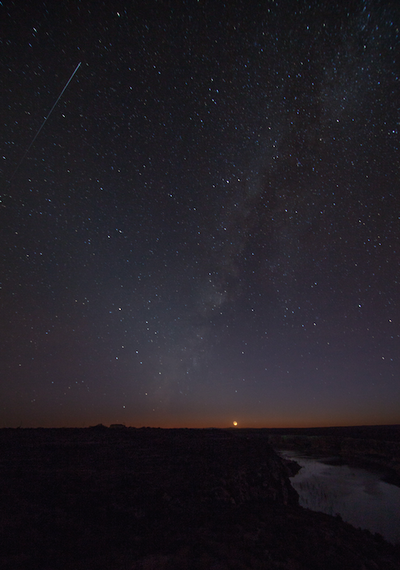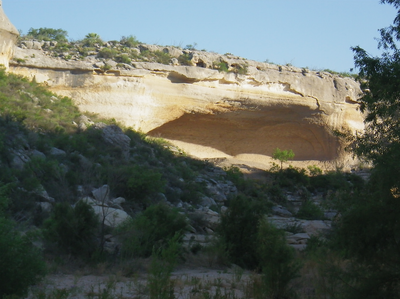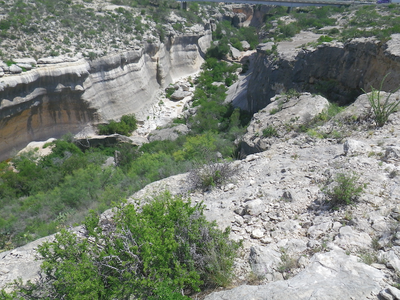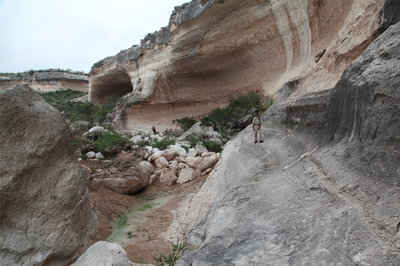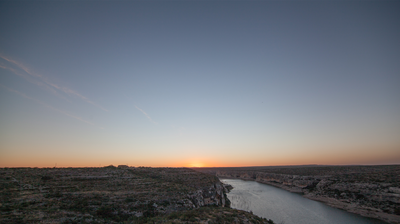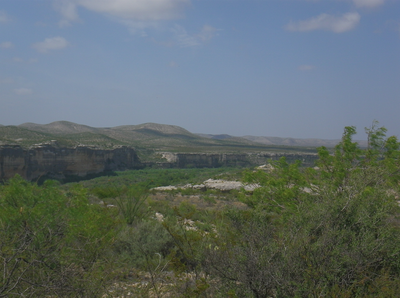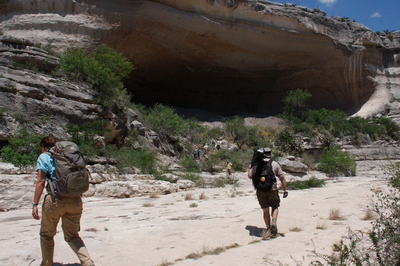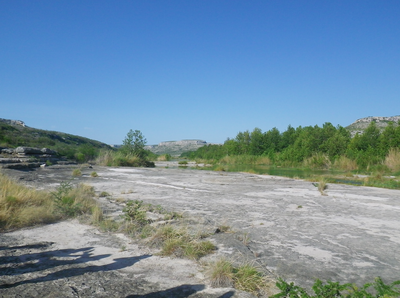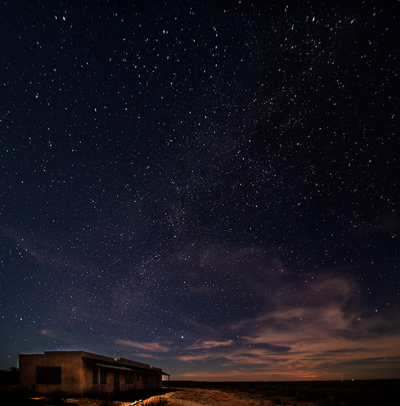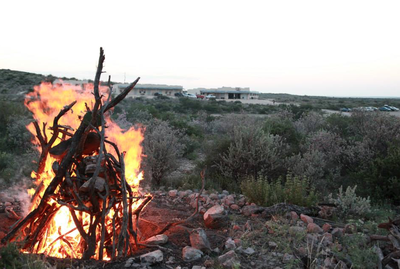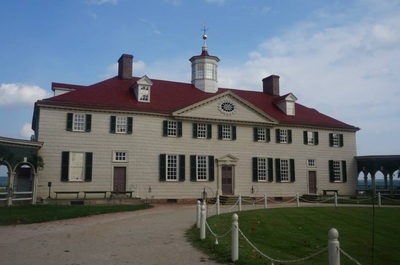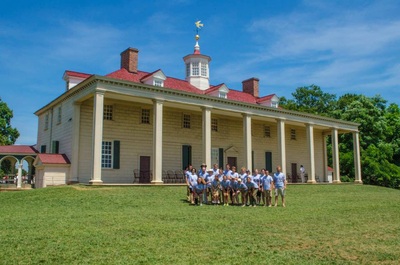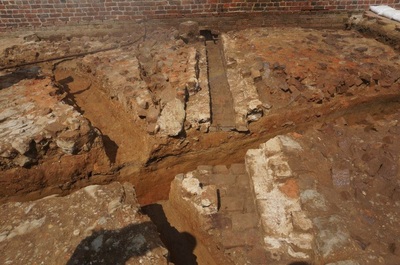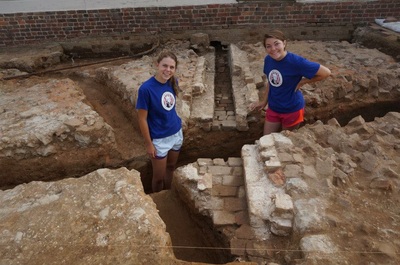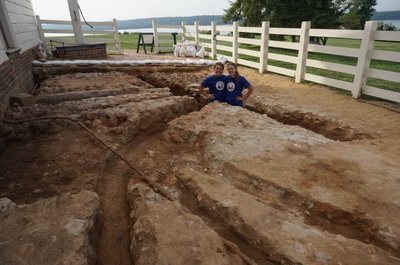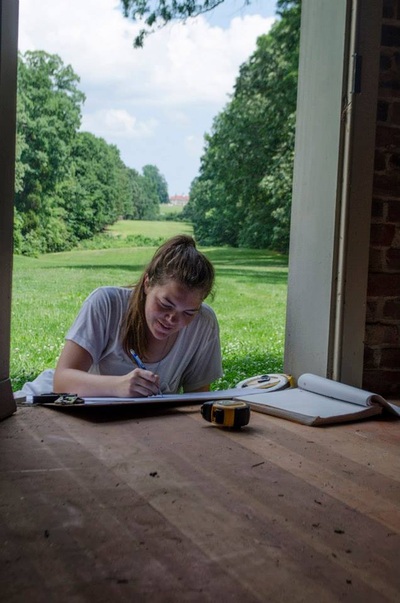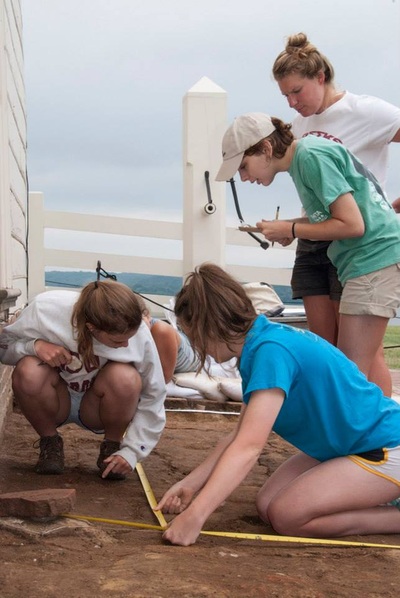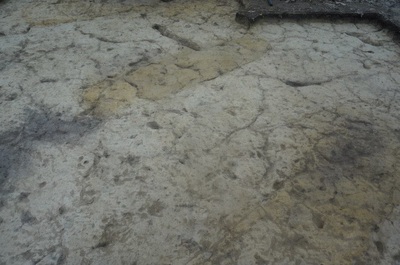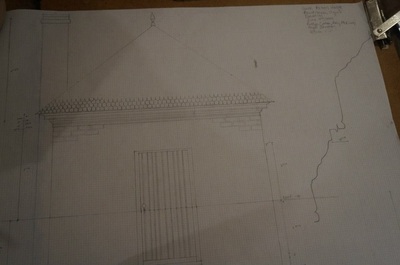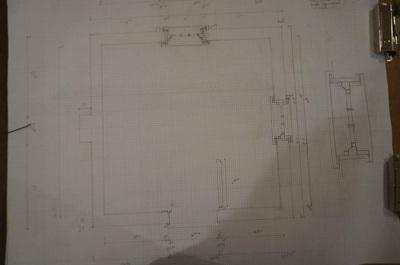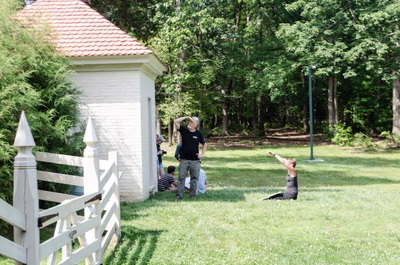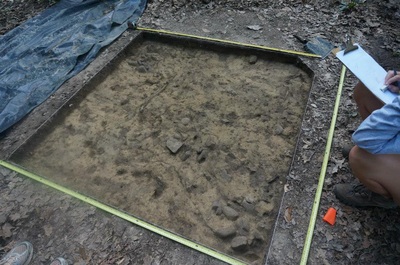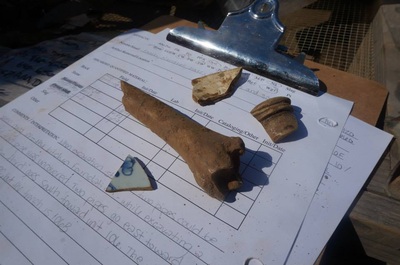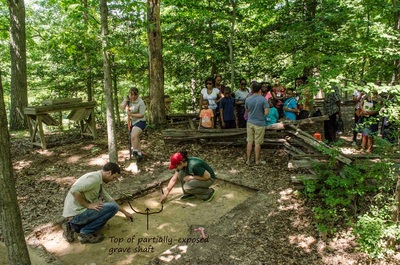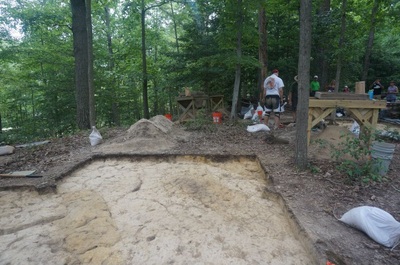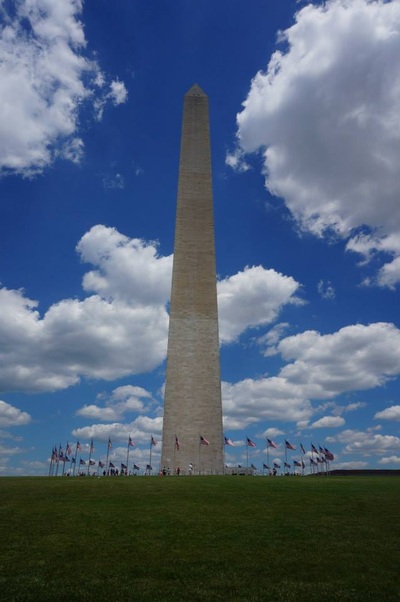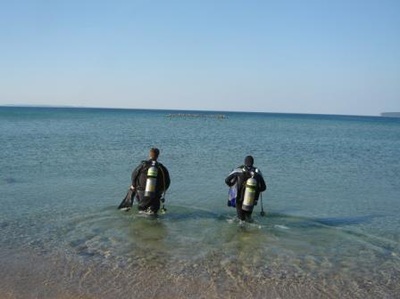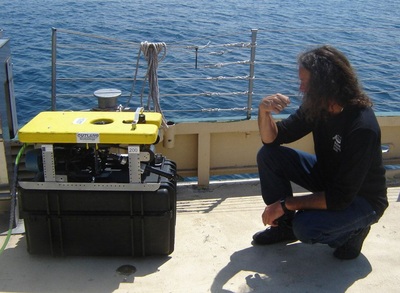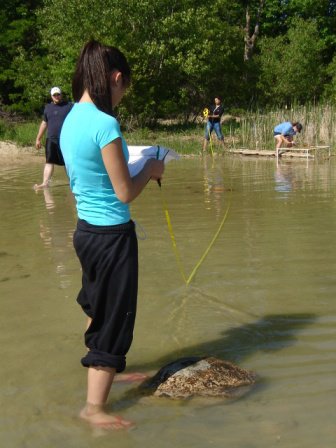FIELD SCHOOL & WEBSITE: Archaeology Southwest's Preservation Archaeology Field School
LOCATION: Mule Creek, New Mexico
LENGTH & DATES: Six weeks; the 2015 field season will convene from May 27 through July 5
CURRENT PROJECT: In 2015, students will participate in test excavations at the Dinwiddie Site near Cliff, New Mexico.
STAFF: Faculty includes Dr. Karen Schollmeyer, Dr. Jeffery Clark, and Allen Denoyer.
SIZE: The field school is limited to 10-14 students.
COST: For the 2015 field season, the cost is $2,868 for undergraduates and $3,190 for graduate students. There is an additional $1,200 course fee that covers lodging and transportation costs. Eligible undergraduate students will receive financial support through the National Science Foundation's Research Experiences for Undergraduates (REU) program.
DEADLINES: Applications are generally due the first week of March.
CREDITS: Students will register for one three-credit lab course and one four-credit field course through the University of Arizona for undergraduate or graduate credit
Tell us about your field school experience.
I can honestly say that this field school was one of the best experiences I had in preparation for grad school. Having just graduated and been accepted to a MA/Phd program, I was looking for a field school that would give me experience in Southwest archaeology and help me make contacts in this community of scholars. By all accounts Archaeology Southwest’s field school at Mule Creek was one of the best experiences of my life and made me a much better prepared student for grad school.
The entire program was extremely well organized and the staff and students were able to successfully foster a friendly and effective work crew. At the start of the season, students rendezvoused in Tuscon and get to know the staff of Archaeology Southwest and the University of Arizona. All of the staff were very welcoming and spent the first few days going over the project logistics and taking us to local heritage centers and archaeological sites.
We then all packed up and shipped out to our home for the next month at Mule Creek, NM. Our site of excavation was the Dinwiddie site; a 14th-centruy Salado village located about 45 minutes from our camp. We were divided into three work crews and began excavating various rooms and features of the site. Some of these units proved more fruitful than others, but each produced an abundance of artifacts. The staff were very patient in teaching us proper excavation techniques and explaining the nature of each new find. Each day a few students would be selected to go on survey or work on projects with our experimental archaeologist. Survey work consisted of locating and mapping out additional sites in the region. The experimental archaeology crew would work on various projects, including building a full-scale pueblo building in the likeness of the ones we were excavating.
Additionally we got to take several field trips to important archaeological and heritage sites. These included spending two days at Chaco Canyon, the pueblo community of Acoma, and a visit to the Gilla Cliff Dwellings. These trips were both fun and informative, and made a nice break from the weeks of excavation.
What skills did you learn?
The program does a good job of exposing students to the multiple facets of archaeology in the American Southwest. Principally there were five components to the field school: full scale excavation, lab work, survey work, experimental archaeology, and public outreach. By having an understanding of these five principles, students leave with the skills and knowledge needed to work in modern archaeology.
The bulk of the field school was devoted to the excavation of the Dinwiddie site. Students were taught proper excavation techniques, using trowels, shovels, picks, and brushes. Students also learned how to map their excavation unit and identify changes in stratigraphy and cultural features. Each excavation crew of five or six students was placed under the instruction of a crew leader, who supervised, instructed, and participated in the excavation process.
The collected artifacts were brought back to camp for cleaning and sorting. The majority of the artifacts recovered were lithic and ceramics, so most of the lab work was devoted to these two types of material culture. Students were taught how to distinguish lithic debitage from regular rock, and were given a basic run-through on ceramic identification.
Additionally students were taken in small groups to do a few days worth of survey work at other sites in the region. This is an aspect that I particularly appreciated about this program, as many field schools will be too focused on full-scale excavation, which in reality is a small portion of the work that archaeologists do. Learning how to survey a site using GPS technology was an especially useful skill to learn.
We were fortunate enough to have an experimental archaeologist on our crew, who lead a number of projects related to the fieldwork we were conducting. The major project was the construction of a full-scale pueblo building in the likeness of the ones we were excavating at Dinwiddie, using the same technologies that would have been used in the 14th century. Being able to see the methods and time that would have been needed to build such a structure, helped to put our excavation site in greater perspective. Additionally students were given the opportunity to knap stone projectile points, and to make and use their own atlatl. (At the end of the season we had a dart throwing competition for distance and accuracy!)
The final component of the field school was aimed at directly engaging the public in the research we were doing at Dinwiddie. Each student had to come up with a project to present to the public at an Archaeology Fair held at the local community center. Some students did experimental archaeology projects (such as making reed mats or burden baskets), while others did more research oriented projects on various aspects of the Dinwiddie site (such as the information that ceramics or ground stone could tell us about ethnic identity). All of these projects sought to directly bring our research to the local community and make them invested participants in the preservation of the region’s archaeological heritage.
How were accommodations?
Students should be prepared for simple, but comfortable accommodations. The field school was generously hosted on the property of a local ranch family, who provided for us a field house and open air shower building. Students and staff bring their own individual tents to stay in for the duration of the field school, so it’s a good idea to have some background in camping. There was a comfortable solar shower enclosure and a row of portable toilets for our use. Once a week everyone traveled into the city of Silver Springs to do laundry and get groceries. The field house contained a kitchen, study lounge, and outlets for charging laptops and phones. Meals were provided by locally hired cook, who always made sure we were well fed. Students unfamiliar with outdoor living may find accommodations to be a little rough, but frankly if you can’t handle a little dirt and grime, you may be in the wrong discipline.
What are the pros and cons of this field school? Would you recommend it?
Overall I would highly recommend this program to anyone interested in Southwest archaeology, especially to those in transition from undergrad to grad school.
Pros: The staff are fantastic and are super informative, fun, and patient. They actively participated in the fieldwork and encourage each student’s individual interests. On top of this they run an extremely well organized program. They clearly knew what they were doing and I was impressed from day one on how friendly and prepared they were. The archaeology you’ll be doing is great as well. Students get to excavate at a well-recognized site in the archaeological literature of the American Southwest and engage in research that is currently relevant. Students get the chance to deal with a variety of cultural materials and directly engage the local community in the importance of archaeology. (Something that is needed more than ever).
Cons: Frankly there is little I can in the negative about this field school. Some vegetarian students I know found the meals to be a little too meat laden, but we were in cattle country. I would have liked to have done more survey work, but I understand that with the logistics of the project, they needed full excavation crews at the site each day. Additionally lab work felt rushed sometimes, and some students felt they still hadn’t fully mastered lithic or ceramic identification by the end of the field season. Make sure you bring plenty of clothes, since laundry is done only once a week.
I can’t emphasize how stellar a program this is. They do a great job of exposing students to all the various skills needed to conduct archaeology, and run an extremely well organized program. For those looking for their first field experience in archaeology, they will take the time to give you solid foundation in our discipline. For more seasoned students, they will make sure that you are sufficiently challenged and are able to participate in the shaping the formal research process. (Some of us were asked afterwards to contribute posters to the 2015 SAAs in San Francisco, reporting on the results of the summer’s field season.)
Anything else you think readers should know about this field school?
Beyond being part of some first-rate archaeological research, students will get the chance to experience an outstanding Western landscape. The Gila Mountains are beautiful and frequent trips were made to the scenic Gila River. That being said, this is a landscape of extremes. Students should expect temperatures to rise near the triple digits by mid-day, and temperatures to drop into the forties or lower at night. Several powerful monsoon rains near the end of the season, which collapsed some people’s tents, also hit us. Come prepared to deal with these work conditions.
